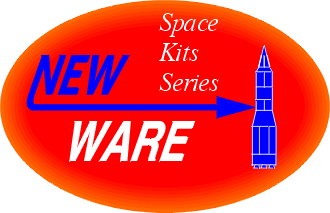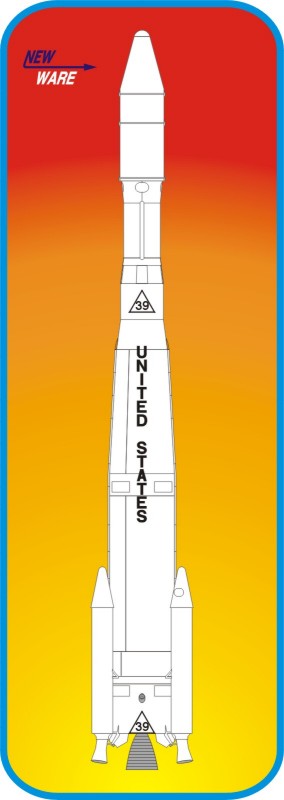 NW037 1/144 Delta E - Pioneer 33 LV
NW037 1/144 Delta E - Pioneer 33 LV NW037 1/144 Delta E - Pioneer 33 LV
NW037 1/144 Delta E - Pioneer 33 LV


The Thor missile program was initiated in December 1954, when
USAF headquarters issued requirement for a tactical missile
intended to travel a distance of between 1 150 and 2 300 miles.
Thor was undertaken as a high-risk program having the goal of
achieving flight within the shortest possible time. The Thor had
its first complete launch pad test in January 1957 and a
full-range flight test in September 1957.
In 1959, the newly formed NASA asked Douglas to create a civilian
launch vehicle based on Thor Able. The new rocket was presenting
the fourth configuration for the Thor, so it was named Delta -
the military code for the fourth letter of the alphabet. By 1965,
the Delta has evolved into its "E" version. The Thor
first stage was powered by a Block III engine and was augmented
by 3 Castor solid rockets. The Delta E introduced an enlarged 2nd
stage with re-start capability. The 3rd stage was either an ABL
X-258 or FW-4D solid rockets.
First Delta E (no. 39) demonstrated it's capability by sending a
probe toward the Moon. Explorer 33 was designed to orbit the Moon
measuring solar wind, magnetic fields, lunar gravity and local
radiation. Delta 39 launched Explorer 33 on July 1, 1966. The
rocket gave the satellite too much velocity, so the satellite
missed the Moon and settled into high eliptical Earth orbit.